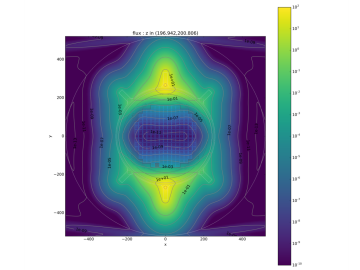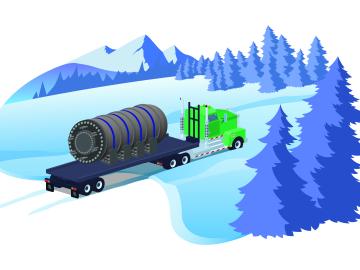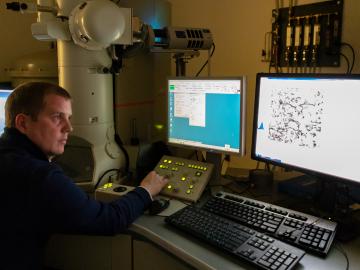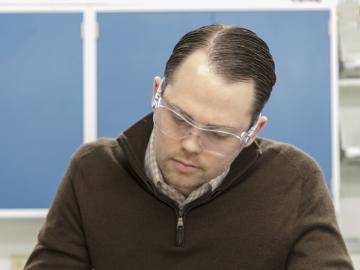
Filter News
Area of Research
News Type
News Topics
- (-) Bioenergy (1)
- (-) Biomedical (1)
- (-) Composites (1)
- (-) Fusion (3)
- (-) Grid (4)
- (-) Machine Learning (3)
- (-) Nuclear Energy (12)
- (-) Space Exploration (3)
- 3-D Printing/Advanced Manufacturing (9)
- Advanced Reactors (6)
- Artificial Intelligence (5)
- Big Data (5)
- Clean Water (3)
- Computer Science (16)
- Cybersecurity (1)
- Energy Storage (4)
- Environment (9)
- Materials Science (12)
- Mercury (1)
- Microscopy (3)
- Molten Salt (1)
- Nanotechnology (3)
- Neutron Science (8)
- Physics (3)
- Polymers (2)
- Quantum Science (3)
- Summit (2)
- Transportation (9)
Media Contacts

Scientists at Oak Ridge National Laboratory studying quantum communications have discovered a more practical way to share secret messages among three parties, which could ultimately lead to better cybersecurity for the electric grid

Researchers at Oak Ridge National Laboratory are taking inspiration from neural networks to create computers that mimic the human brain—a quickly growing field known as neuromorphic computing.

Researchers have developed high-fidelity modeling capabilities for predicting radiation interactions outside of the reactor core—a tool that could help keep nuclear reactors running longer.

A study led by Oak Ridge National Laboratory explored the interface between the Department of Veterans Affairs’ healthcare data system and the data itself to detect the likelihood of errors and designed an auto-surveillance tool

In a step toward advancing small modular nuclear reactor designs, scientists at Oak Ridge National Laboratory have run reactor simulations on ORNL supercomputer Summit with greater-than-expected computational efficiency.

Scientists at Oak Ridge National Laboratory have developed a low-cost, printed, flexible sensor that can wrap around power cables to precisely monitor electrical loads from household appliances to support grid operations.

Oak Ridge National Laboratory scientists are evaluating paths for licensing remotely operated microreactors, which could provide clean energy sources to hard-to-reach communities, such as isolated areas in Alaska.

Kevin Field at the Department of Energy’s Oak Ridge National Laboratory synthesizes and scrutinizes materials for nuclear power systems that must perform safely and efficiently over decades of irradiation.


Oak Ridge National Laboratory is using ultrasonic additive manufacturing to embed highly accurate fiber optic sensors in heat- and radiation-resistant materials, allowing for real-time monitoring that could lead to greater insights and safer reactors.


